1889 was hard too. Anthropogenic warming? No.
https://en.m.wikipedia.org/w/index.php?title=Great_Spokane_Fire&diffonly=true
“The Great Spokane Fire—known locally as The Great Fire—was a major fire which affected downtown Spokane, Washington (called "Spokane Falls" at the time) on August 4, 1889. It began just after 6:00 p.m. and destroyed the city's downtown commercial district.[1] Due to technical problems with a pump station, there was no water pressure in the city when the fire started.[2] In a desperate bid to starve the fire, firefighters began razing buildings with dynamite. Eventually winds died down and the fire exhausted of its own accord. As a result of the fire and its aftermath, virtually all of Spokane's downtown was destroyed, though only one person was killed.[1]
Great Spokane Fire
The makeshift Daily Chronicle office after the fire
Date(s)August 4, 1889
6:00 pm (PST)LocationSpokane, WashingtonImpactsDeaths1IgnitionCauseUnknown
The cause of the fire was never determined. Theories included a cooking fire in a lunchroom, a curling iron being heated in a kerosene lamp, and a spark from a passing train.[3]
Three cities in Washington had "great fires" in the summer of 1889. The Great Seattle Fire destroyed the entire central business district of Seattle on June 6, 1889. The Great Ellensburg Fire resulted in the city's bid to become the state capital ending in failure.
Other fires that summer in the U.S. included the Santiago Canyon Fire around Orange County, California and the Great Bakersfield Fire of 1889.
Despite this catastrophe, Spokane continued to grow; the fire set the stage for a building boom. Architect Chauncey B. Seaton came to Spokane to work on rebuilding projects after the fire. He designed the Review Building.[4] The town hosted the Northwest Industrial Exposition in 1890. The main building was designed by Richard H. Martin, Jr.[5]
After the Great Fire of 1889 and the rebuilding of the downtown, the city was reincorporated under the present name of "Spokane" in 1891. Just three years after the fire, in 1892, James J. Hill's Great Northern Railway had arrived in the newly created township of Hillyard (annexed by Spokane in 1924)—the chosen site for Hill's rail yards.[6]”
The Great Seattle Fire was a fire that destroyed the entire central business district of Seattle, Washington, on June 6, 1889. The conflagration lasted for less than a day, burning through the afternoon and into the night, during the same summer as the Great Spokane Fire and the Great Ellensburg Fire. Seattle quickly rebuilt using brick buildings that sat 20 feet (6.1 m) above the original street level. Its population swelled during reconstruction, becoming the largest city in the newly admitted state of Washington.
Great Seattle Fire
Firefighting at 1st Avenue near Madison Street (June 6, 1889)
Date(s)June 6–7, 1889
2:45 p.m. – 3:00 a.m.LocationSeattle, Washington TerritoryImpactsDeaths1Structures destroyed29 city blocksDamage$20 million
($678 million in 2023 dollars)IgnitionCause
Overturned glue pot”
https://en.m.wikipedia.org/wiki/Great_Seattle_Fire
Glue must be euphemism for climate change.
Over turned glue means insufficient solar panels, and too many cow farts.
“The Great Ellensburg Fire, also known as the Independence Day Fire, was a fire that destroyed homes and the business district of Ellensburg in 1889,[1] during the same summer that major fires damaged Spokane, Vancouver, and Seattle, all major cities in the Washington Territory.[2]
Great Ellensburg Fire
Historical poster of brick buildings erected in Ellensburg since the Great Fire
Date(s)July 4–5, 1889
10:30 p.m. – 3:30 a.m.ImpactsStructures destroyed10 city blocksDamage$2 million
($67.8 million in 2023 dollars)IgnitionCauseUnknown
Imagine Just Stop Oil in 1889. Towns people would lock them up in a lunatic asylum.
“The Baudette fire, also known as the Spooner–Baudette fire, was a large wildfire on October 7, 1910 that burned 1,200 to 1,450 square kilometres (300,000 to 360,000 acres)[1] in Beltrami County (now in Lake of the Woods County), Minnesota, including nearly all of the twin towns of Spooner and Baudette.[2] The fire also burned the villages of Graceton, Pitt, Williams, and Cedar Spur, Minnesota. Damage was horrific yet less so in the communities of Zipple, Roosevelt, Swift and Warroad in the U.S. and Stratton, Pinewood, Rainy River, and Sprague across the river in Canada, which also suffered losses. The Town of Rainy River lost its lumber mill, but saved many of the residents of Baudette and Spooner since the residential area was not affected. Their American friends were welcomed into homes where they remained for a very long time as their homes had to be rebuilt, creating a strong bond between the two communities.”
If incompetence in forest management now proves climate change.
What do forest fires long before their hockey stick prove. Move along
“The Cloquet Fire (/kloʊˈkeɪ/ kloh-KAY)[2] was an immense forest fire in northern Minnesota, United States in October 1918, caused by sparks on the local railroads amid dry conditions. The fire left much of western Carlton County devastated, mostly affecting Moose Lake, Cloquet, and Kettle River. Cloquet was hardest hit by the fires; it was the worst natural disaster in Minnesota history in terms of the number of casualties in a single day. It is also the third-deadliest wildfire in recorded history, behind the Peshtigo fire of 1871 and a 1936 wildfire that occurred in Kursha-2.
Cloquet Fire
Date(s)October 12, 1918
8:00 amLocationCarlton County, Minnesota, United StatesStatisticsBurned area250,000 acres (1,000 km2)Land useMixed useImpactsDeaths453[1]Non-fatal injuries≈ 52,000Damage$72 million ($1.42 billion adjusted for inflation)IgnitionCauseSparks from train
In total, 453 people died[1] and 52,000 people were injured or displaced. Thirty-eight communities were destroyed, with 250,000 acres (100,000 ha) burned, and $73 million ($1.479 billion in 2024 United States dollars) in property damage; $13 million in federal aid was disbursed.”
https://en.m.wikipedia.org/w/index.php?title=Cloquet_fire&wprov=rarw1
“The Peshtigo fire was a large forest fire on October 8, 1871, in northeastern Wisconsin, United States, including much of the southern half of the Door Peninsula and adjacent parts of the Upper Peninsula of Michigan. The largest community in the affected area was Peshtigo, Wisconsin, which had a population of approximately 1,700 residents. The fire burned about 1.2 million acres and is the deadliest wildfire in recorded history,[1] with the number of deaths estimated between 1,500[1] and 2,500.[2] Although the exact number of deaths is debated, mass graves, both those already exhumed and those still being discovered, in Peshtigo and the surrounding areas show that the death toll of the blaze was most likely greater than the 1889 Johnstown flood[3] death toll of 2,200 people or more.[4]
Peshtigo fire
Extent of wildfire damage
Date(s)October 8, 1871; 152 years agoLocationPeshtigo, WisconsinCoordinates
45.05°N 87.75°WStatisticsBurned area1,200,000 acres (490,000 ha)Land useLogging Industry”
https://en.m.wikipedia.org/wiki/Peshtigo_fire
The Great Fire of 1910 (also commonly referred to as the Big Blowup, the Big Burn, or the Devil's Broom fire) was a wildfire in the Inland Northwest region of the United States that in the summer of 1910 burned three million acres (4,700 sq mi; 12,100 km2, approximately the size of Connecticut) in North Idaho and Western Montana, with extensions into Eastern Washington and Southeast British Columbia.[1] The area burned included large parts of the Bitterroot, Cabinet, Clearwater, Coeur d'Alene, Flathead, Kaniksu, Kootenai, Lewis and Clark, Lolo, and St. Joe national forests.[2] The fire burned over two days on the weekend of August 20–21,[3][4] after strong winds caused numerous smaller fires to combine into a firestorm of unprecedented size. It killed 87 people,[5] mostly firefighters,[6][7] destroyed numerous manmade structures, including several entire towns, and burned more than three million acres of forest with an estimated billion dollars' worth of timber lost.[2] It is believed to be the largest, although not the deadliest, forest fire in U.S. history.[8][9]
Fires in the forest before 1870 to 1930 were frequent massive and deadly.
Right I get it. Forest fires give democrats scary martial law powers in 2024.
That temperatures soared and extreme weather formally known as Acts of God now gets human rights shoved aside is interesting.
Solving for climate and weather we create one repression at a time.
The relationship between fires climate and the government is simply totalitarianism.
Good.
Alarming are the powers totalitarians want to take, what control press says, and the crap loads of money going into shaping the narratives and our understanding.
You think the 15 minute prisons will be nice places?
I wonder if some guy in 1889 or 1910 would have said ok that fire was crazy. We have to be smart now. I figured this all out.
No cows. No meat. No dairy. I have these bugs here and I think that should do it. We will eat these bugs from now on.
Except also. No clothing, not much of it anyways. I have these rainbow uniforms and some s and m outfits. or you can dress up as women. It may not stop fires. But it could reduce birth rates.
But definitely no eggs no bacon.
just eat these crickets I am growing on our garbage. My wife has mold that she has been collecting and shaping with the cricket shit into little steaks. This just needs a carbon tax to fund more of my ideas.
That will stop the fires. Also. Don't move outside of a 15 minute walking radius. For any reason. Ever.
I wonder how the good men and women and other 78 genders would have reacted.



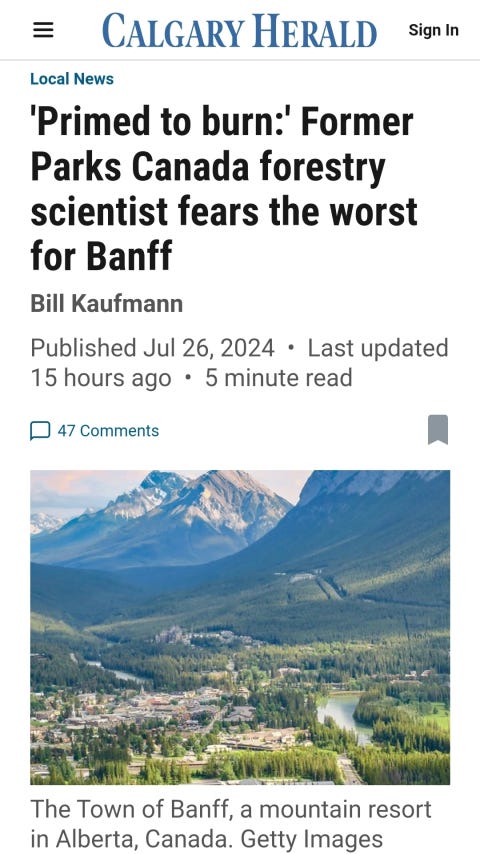
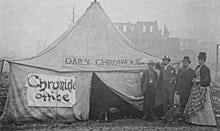
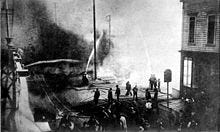

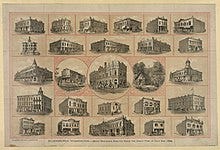
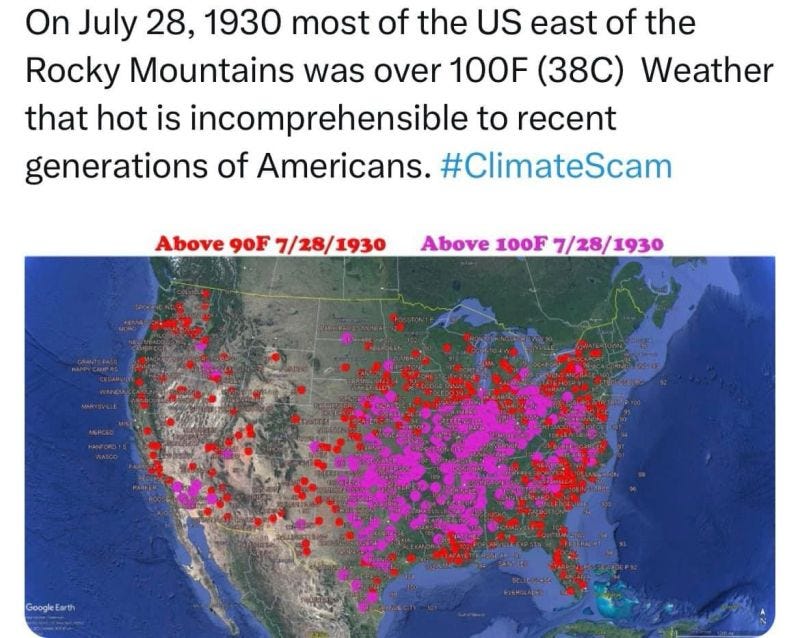
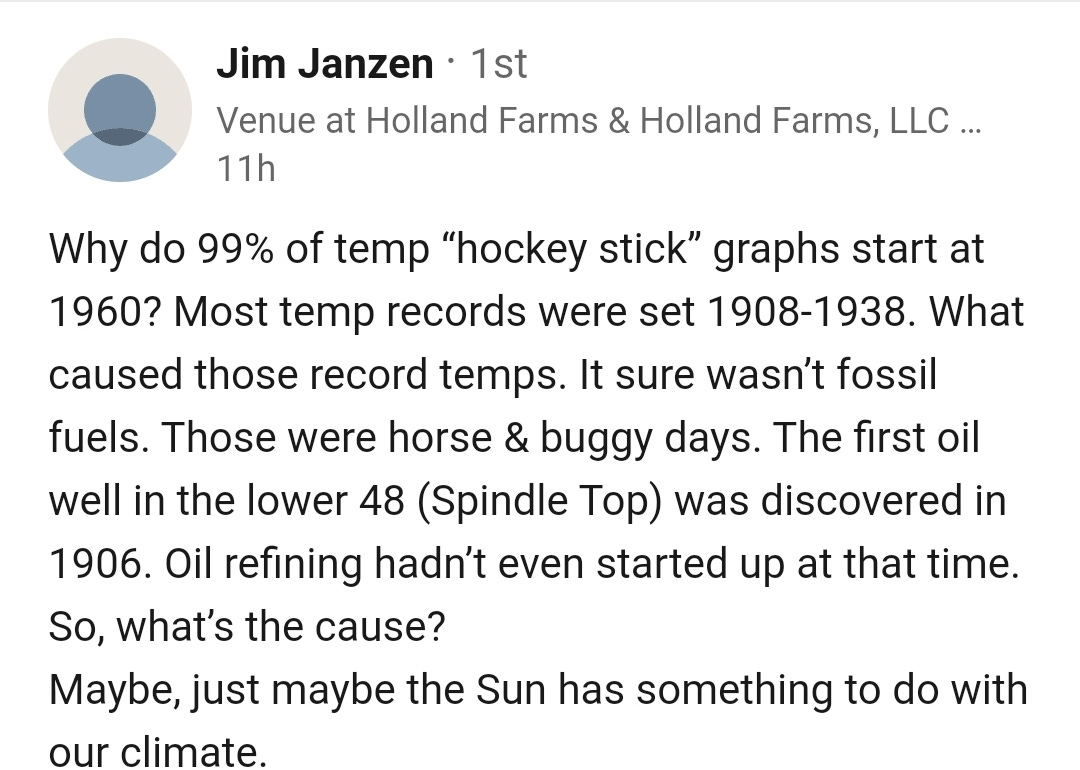
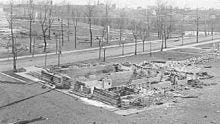

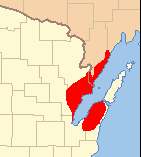


Those experiences taught people how to care for the forests......controlled burns and thining. Today we are not allowed to do either so the forests become a tinder box.......they do not care about the fires destroying homes, killing wild life and burning huge amounts of trees.......because they are using these fires as part of the climate change hoax.
Lisa, thanks for reminding us that these fires taught us to be proactive, and like Karen thinks below (above?), they are being abused to create climate hysteria.
Thanks for the history lesson, you are an asset to sub stack.